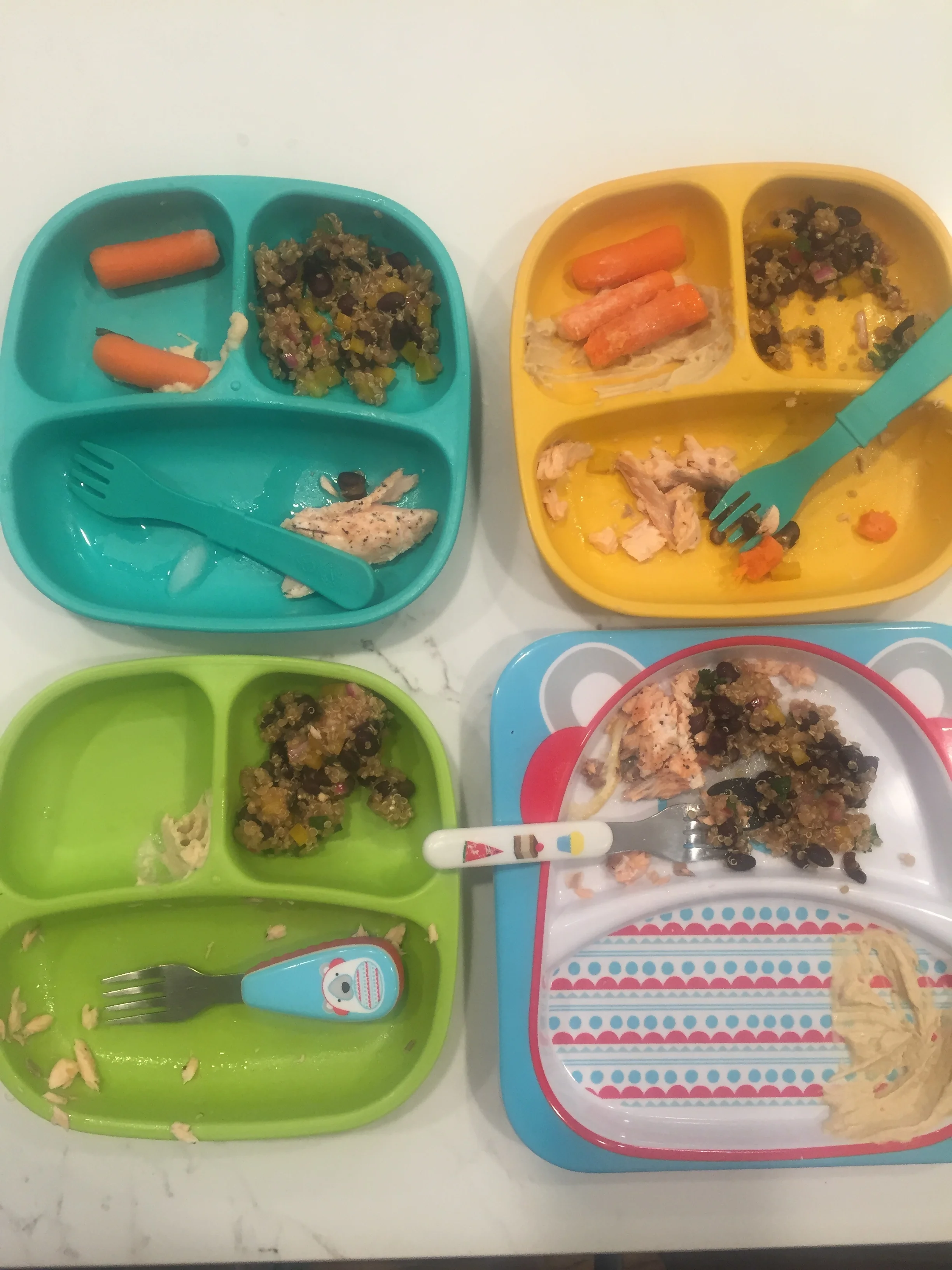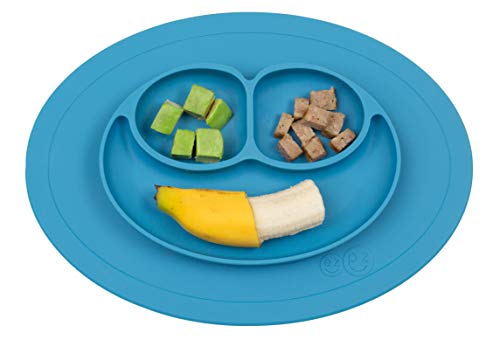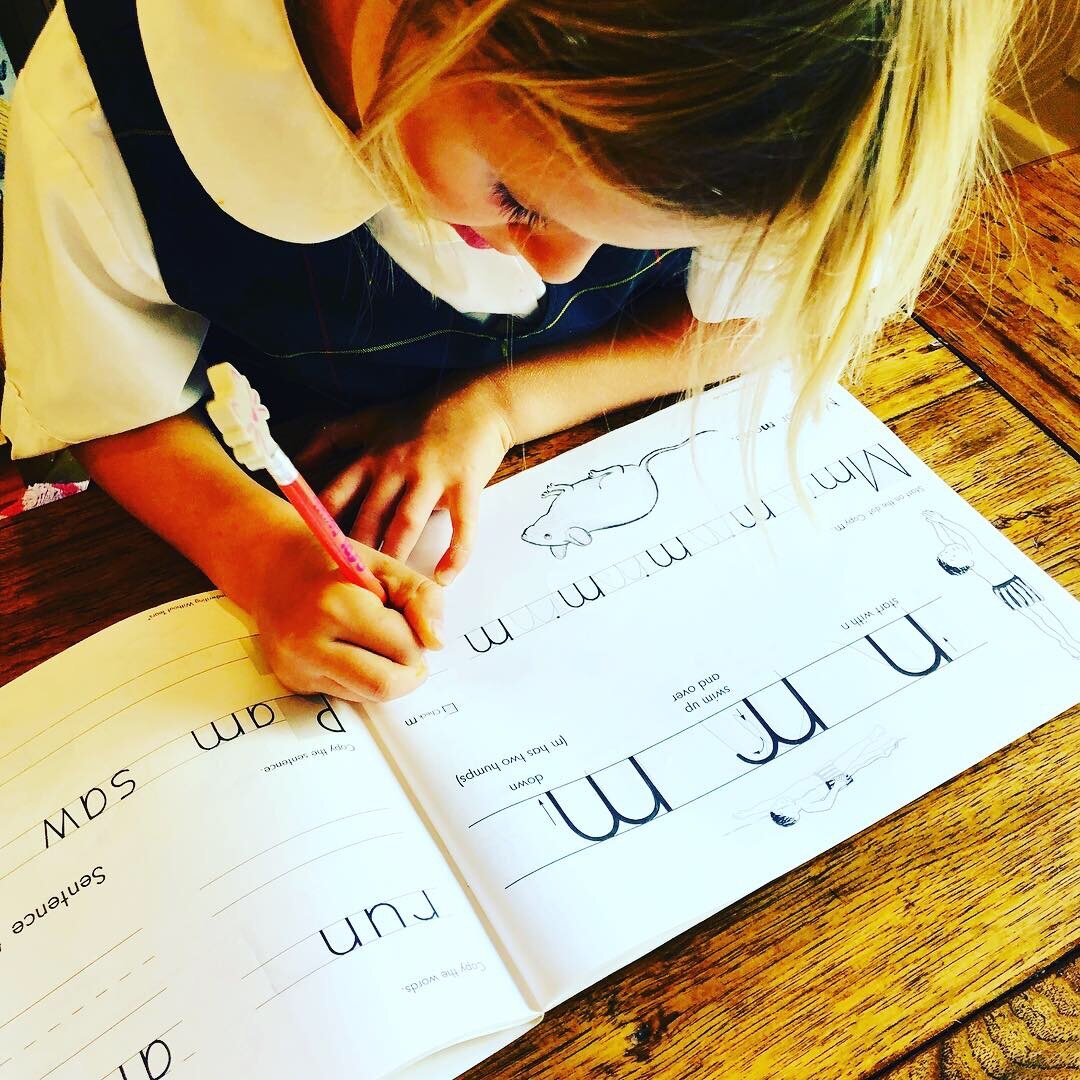There are many reasons why toddlers are picky eaters. I won’t go into each cause but I will give you some strategies to try if you do happen to have a picky eater. Please note that I am not going into detail if your child has a Pediatric Feeding Disorder. Please consult with your physician. My hope is that with these tips you will gain some strategies to help your kiddo if they are a selective eater.
This reminds me of the book series “If You Give a Mouse a Cookie.” Chances are, if you have a toddler, you have a picky eater. In many ways it is developmentally appropriate. They are asserting their independence to choose to eat the foods that they like. And you have probably discovered that you can’t force a child to eat. As the saying goes, “You can lead a horse to water but you can’t make them drink….”
Here are some simple tips you can try to help your child expand their food repertoire…
Offer choices.
Veggies are usually the main culprit amongst picky eaters. You can see on the picture above with the 4 plates from kiddos ages 2-4 that veggies are left. You can offer a choice between 2 vegetables. Do you want carrots or peas? It’s not a fruit OR a veggie but a veggie that they have the power to choose within the limits you are providing. You can also see that the quinoa mixture wasn’t eaten. You can also give children the choice to mix their foods by deconstructing it- a sandwich: give them the bread and the nut butter to spread themselves, salad: lettuce with the toppings on the side, quinoa or rice mixture: add nuts or beans or cheese on the side for them to add. You get the idea…
Exposure.
You may have heard that it takes repeated exposure for a child to try a new food. There is not a hard and fast guaranteed number, although it is usually around 14 times that a child is presented the food will they actually accept it. By putting the non-preferred food on the plate with the preferred food will allow your child to slowly adjust to it. Whether it is the extreme case of your child not wanting it anywhere near them (successively place it closer with each meal), or they will not touch the food, it is all about baby steps. The goal is for them to have a healthy relationship with food and see new and novel foods as something exciting. It is not to make eating something scary. You can also present foods with different dips to try. Show them how to eat it with the various dips. Once your child is comfortable with touching a food, smelling a food, placing it near the lips to “kiss it,” encourage them to taste it with you. Eating is a social activity. You can also use fun toothpicks or tongs to introduce very very small tastes of food! How daunting would it be even as an adult if someone came at you with a huge piece of a new or non-preferred food for you to try?!
Eat with your kids.
Have you gone to dinner with friends only for everyone to say, “I’m just having a drink.” It is no fun to eat alone. Eat with your kids! If they are eating dinner early, you may not want to eat a full dinner but grab some carrots and hummus and model eating. Especially non-preferred foods. While you eat you can talk about the sensory aspects of the food. How it feels in your mouth. The sound of the crunch. If you don’t like the way it feels in your mouth… Talk about how we as adults try new foods and how scary it can be even for us!
Serve an appropriate amount of food.
Your tot probably does not need as much food as you are serving. A big plate of food can feel overwhelming to them so start small and serve seconds if they finish their first appropriate size serving. Just put a few pieces on their plate and you will be amazed what happens!
Here is a link to a great resource for serving size by age
https://www.childrens.com/health-wellness/recommended-serving-size-by-age
In a nutshell, think of a deck of cards for protein, a yo-yo for grains and veggies.
Cook and serve foods a different way.
Show your child how the way a food is cooked can change the texture. Steam carrots, roast carrots, puree, grate, cut in a circle, use a mandolin. There are so many ways to change up how you are preparing and serving foods. This appeals to kiddos who are sensitive to textures as well. If your child doesn’t like mushy try serving applesauce with a graham cracker stick to dip. If they have a hard time taking a bite out of something try cutting apples into thin matchsticks. You can serve foods in ice cube trays or muffin tins to make the serving size small and let them eat in any order they choose!
You can also give your small child a spoon to hold when you are feeding them so they feel that they are part of the meal and it helps teach self-feeding. Sure it may be messier but this gets them excited and willing to eat when they have control over it!
6. Re-think Snacks.
This tip stuck with me from the book, It’s Not About the Broccoli. When you are serving a snack, bring a non-preferred food. A bag of carrots always goes over well when my kids are getting hangry and calling out “mom I’m SO hungry! Can I have a snack?” This works best when we are out and about and the options are limited. If all I have to offer is carrots and a fruit, chances are both will get eaten. The same thing happens at home right before dinner. It is inevitable. You are cooking dinner and the kids come into the kitchen “mom I’m starving!” I always offer carrots or cucumbers and they know that is the only option. Usually they will still ask for something else and my answer is that they can have it after dinner. Sometimes by the end of dinner they have completely forgotten about it!
Here is the fun tool I use to cut veggies!
7. Dessert
Try placing a small “dessert” on the plate with dinner. This will help children see that dessert can be part of the meal, not this grand finale or a necessary end to a meal. Dessert does not need to be ice cream, cookies, or chocolate. It can be fruit or cheese, dried fruit, or yogurt. Soon your child may even save it for last but realize that all things in moderation have their place. What if your child only eats the sweet thing on their plate? This is the perfect opportunity to talk about what food does for us. How it fuels us and helps our body work at it’s best. This is also an opportunity to lay some ground rules for your family meals- wait until everyone is done eating (or mostly done), ask to be excused, eat around your plate trying each item, clear your plate when you are finished.
Most importantly, remember to teach your child that eating is fun. Talk about how food works to give us nutrients. Here is a great book to show this:
I hope that these tips help with your selective eater. Remember that if your child has a more serious Pediatric Feeding Disorder or refuses to eat food with any nutritional value, please talk to your pediatrician. I am happy to answer questions that you have so please leave a comment and share with other parents of toddlers!







































